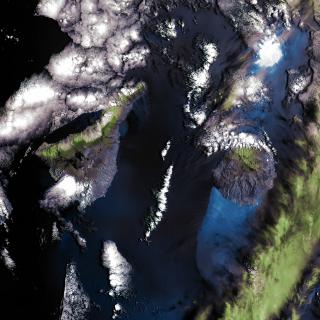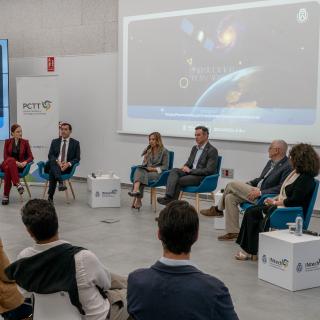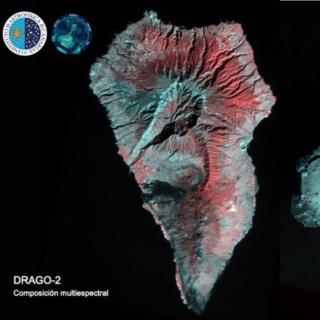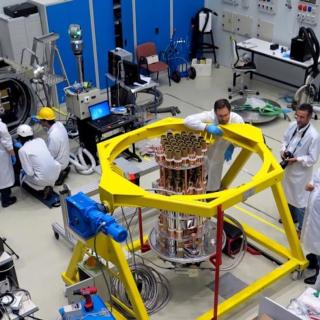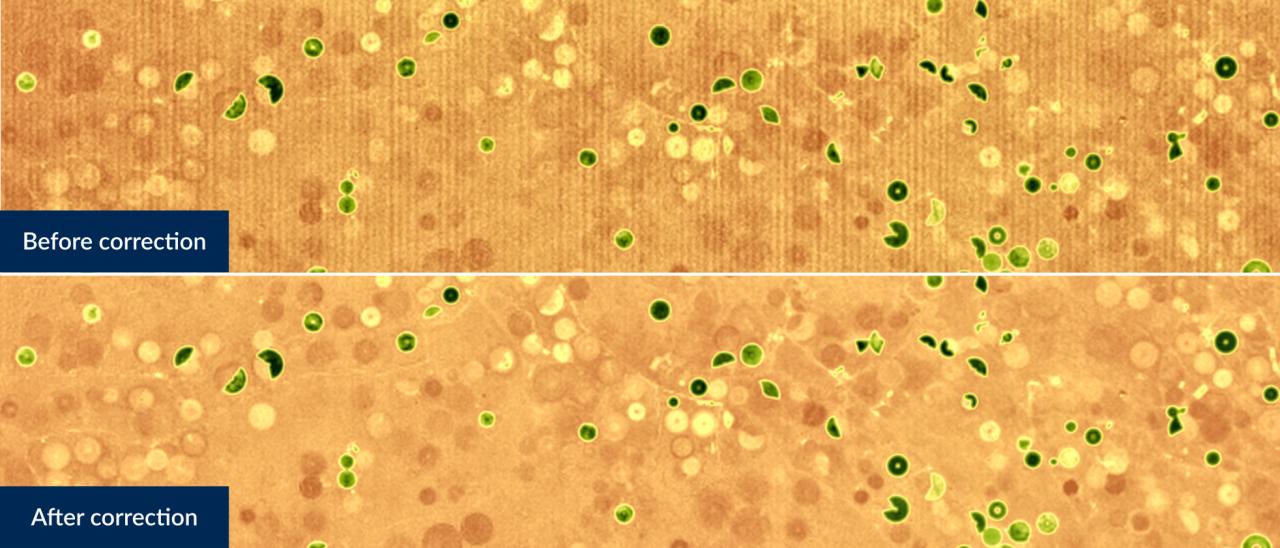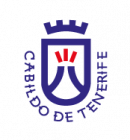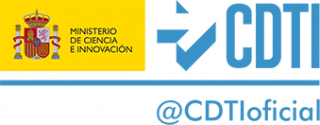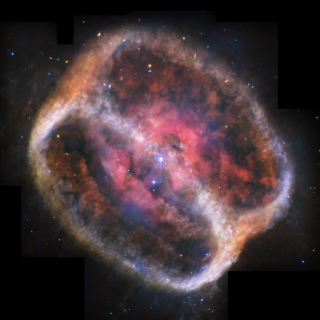The European Patent Office (EPO) has granted the IAC a patent on an invention developed within IACTEC-Space. This technology improves the quality of images obtained by high-performance cameras under the demanding conditions found in space.
The effectiveness of this technology has already been tested on three space missions, applying it to the DRAGO (Demonstrator for Remote Analysis of Ground Observations) cameras, developed at the IAC for Earth observation from space. Carlos Colodro, electronics engineer at IACTEC-Space and the main person responsible for this development, comments that "thanks to this technology, we have been able to obtain details in the images that would otherwise have gone unnoticed, while also improving the precision of specific measurements obtained remotely, such as the humidity level of the observed vegetation."
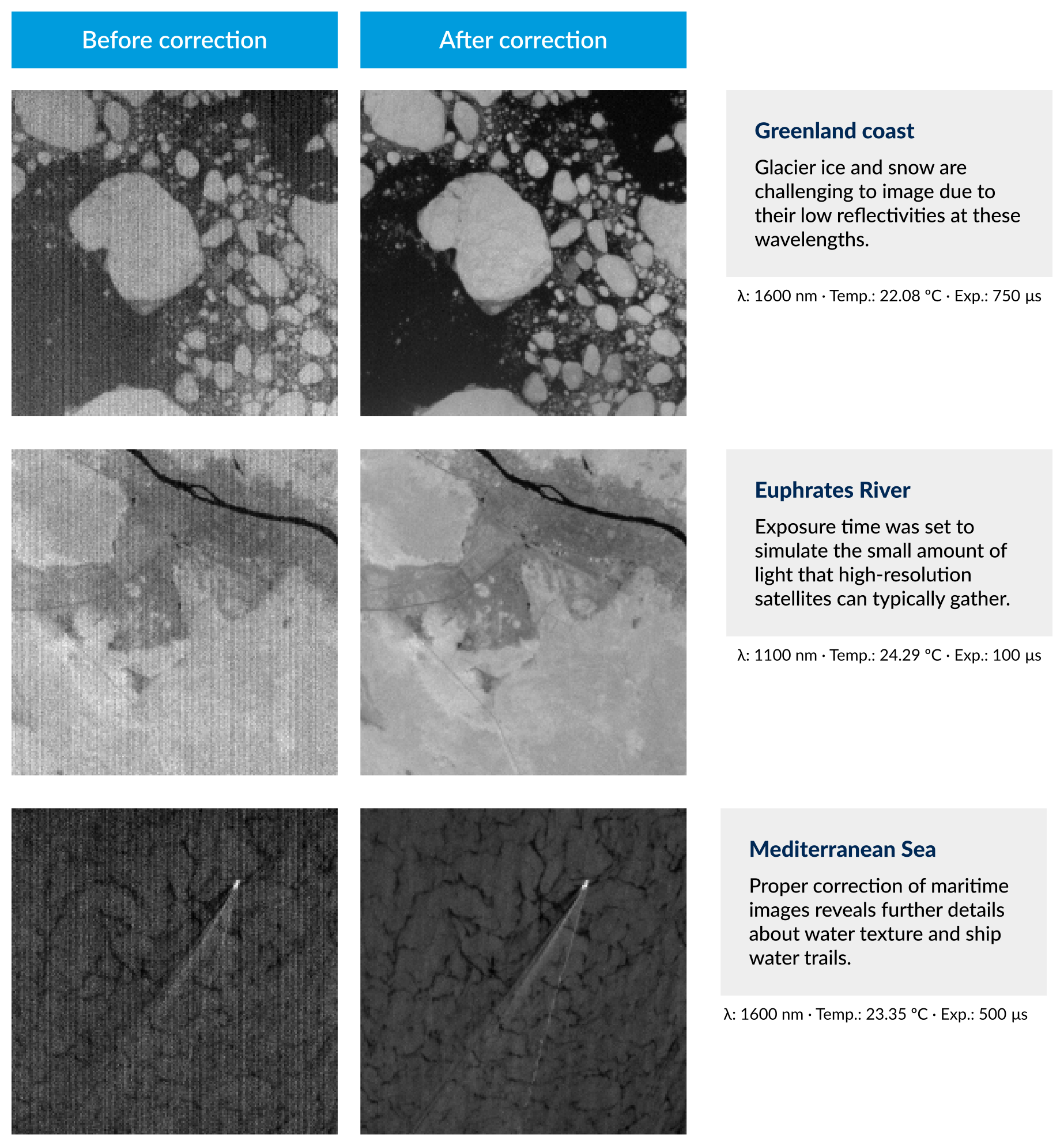
Although this technology was developed with the intention of using it in space missions, it can be directly and easily applied in other fields where improving the quality of the images obtained is important, especially in situations where ambient temperature variations can affect camera performance. This type of situations is common in the industrial, automotive, and environmental monitoring sectors, among others.
In addition to achieving improved image quality, cameras incorporating this technology can benefit from significant reductions in weight, volume, and power consumption. These characteristics are precisely what give DRAGO its ability to observe in the shortwave infrared (SWIR) from small satellite platforms.
With the granting of this patent, the IAC reaffirms its commitment to innovation and public-private collaboration, of which IACTEC is a prime example and which is primarily channeled through the IAC's Knowledge Transfer Office (OTC). Thus, the invention covered by this patent is available for licensing and transfer to companies that wish to exploit it.
Team formed by:
- Carlos Colodro Conde: Electronics Engineer in the IACTEC Space Department and author of the patent.
- Álex Oscoz Abad: Head of the IAC Space Department.
- José Alonso Burgal: Project Manager in the IACTEC Space Department.
- Anselmo Sosa Méndez: Manager of the Office of Transfer and Institutional Actions (OTAI).
- Alfredo García Piñero: Project Manager of the Office of Transfer and Institutional Actions (OTAI).
Multimedia resources:
Links:
